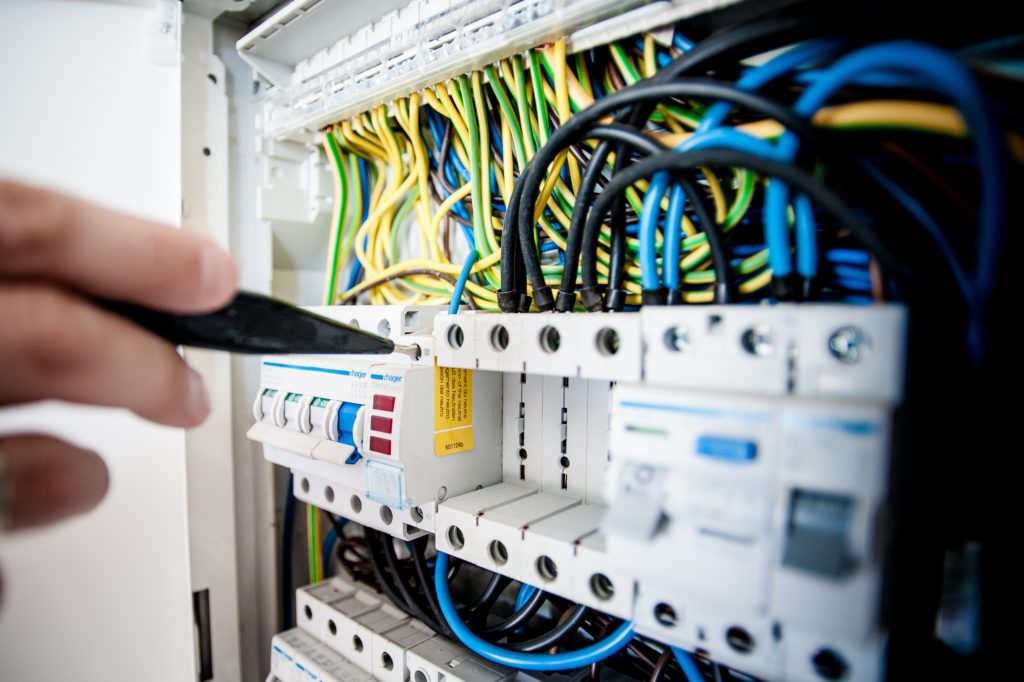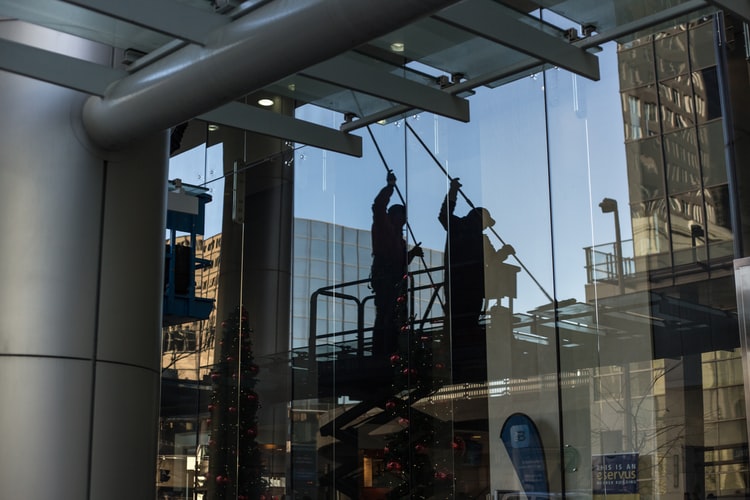If you own a pre-world war 2 house and haven’t had any electrical wiring upgrades done, it most likely has an electrical wiring method known as knob and tube wiring running across the walls and ceilings. The knob and tube wiring method was the standard electrical wiring method from around 1880 to the early 1940s. It became obsolete soon after due to the electrical hazards that it poses and has since been replaced by newer wiring methods.
What are Knob and Tube Wirings
Knob and tube wiring consists of single insulated copper conductors. These wires ran across and through walls and ceilings. The wires are supported by knobs and passed through stud drill-holes via ceramic tubes. The knobs are made from ceramic and are nailed down to the structure. They are cylindrical in shape and have grooves running around it. The wires are secured in place by these grooves. Securing the wires with knobs not only separates them from the combustible framework but it also keeps them suspended in the air. This helps the conductor inside the wire to dissipate heat better. If the wires needed to change directions, the knobs also served as turning points.
When the wires needed to go through walls or floors, ceramic tubes were used. Holes were bored into the material and ceramic tubes were inserted. The wires were then passed through the ceramic tubes. These tubes kept the wire from being in contact with the wood, as the wood can flex and move over time. These ceramic tubes were also used when two wires crossed over each other. This prevented any contact between the two wires in case one of them breaks.
Knob and Tube Wiring Dangers and Disadvantages

There are several reasons why the knob and tube wiring in old houses and buildings need to be replaced.
This type of wiring system is very old. The insulation used in knob and tube wiring tend to deteriorate faster and is more prone to damage compared to modern wiring insulations. They were not made to accommodate the power requirement of modern appliances such as washers and vacuum cleaners. The insulation from these old knobs and tube wirings would fail due to the heat that results from the continuous power draw of modern appliances. Another reason for the faster deterioration of the insulation is because the knob and tube wiring usually have a 60-amp service restriction. This is low by today’s standards and this is commonly addressed by upgrading to higher amperage. This is done to meet a modern household’s power needs. The problem with increasing this 60-amp service is that the wires used in knob and tube wiring are not meant to carry this current rating. This results in excess heat and hastens the deterioration of the insulation by making it brittle and in extreme cases, it can actually start a fire.
Over time, wiring installation requirements increased and has become more demanding. Knob and tube wiring was no longer able to meet these requirements. One of those is the need for a grounding conductor. Electrical grounding is important in protecting your house or building from power surges. Grounding circuits provide a path for the dangerously high current back to the ground, instead of frying your electrical equipment. Directing the current this way also ensures that your circuit breaker will trip and protect your other appliances in case of electrical faults and short circuits. Knob and tube wiring do not have this third wire for the grounding conductor and offers no protection for surges and short circuits.
Another electrical hazard arising from a knob and tube wiring is the improper modifications. This is such an old wiring method that most of the time, electricians have to do make-shift repairs and splices because replacement parts are not readily available. Aside from repairs, the modern trend of having more and more electrical appliances in a home or a building meant that knob and tube wiring were modified more frequently to accommodate additional power outlets. These modifications have resulted in improper splicing of the wires. This poses a risk of having shorted circuits and can be very dangerous. Improper modifications are more frequent in knob and tube wiring than in any other wiring method.
How Knob and Tube Wiring Affect Your Property Value
Because of the potential hazards that knob and tube wiring pose, having the property insured can be a difficult task. Some insurance companies will decline to issue policies for establishments with knob and tube wiring because of the dangers and risks associated with this very old electrical wiring method. In some cases, the insurance company will require an in-depth inspection before they issue a policy. And when you do secure an insurance policy for a house with knob and tube wiring, they will be charged at higher rates and it usually comes with a requirement that the knob and tube wiring will have to be replaced within 60 days. These rates that are significantly higher compared to houses or buildings with modern wiring systems. These problems brought about by an outdated wiring method limit your options when shopping for the best rates and policies. Most home inspectors will advise against purchasing a property that still has knob and tube wiring because of the difficulty in getting insurance and a mortgage. This means that selling a property with this obsolete wiring method can be very troublesome.
The good news is that knob and tube wiring can be upgraded. This will not only allow you to get better insurance rates, but it will also ensure that your house or building is safe and up to code. Having a newer wiring system running in your house and building also protects your appliances and the people inside from electrical faults. When you do decide to have the knob and tube wiring upgraded, make sure you consult skilled electrical contractors who have extensive experience and expertise in upgrading this wiring method. Replacing knob and tube wiring is not a DIY task. Aside from the risk of getting shocked, some knob and tubing can be buried in floors and hidden in ceilings and attics. Completely replacing this electrical wiring system requires professional skills.



